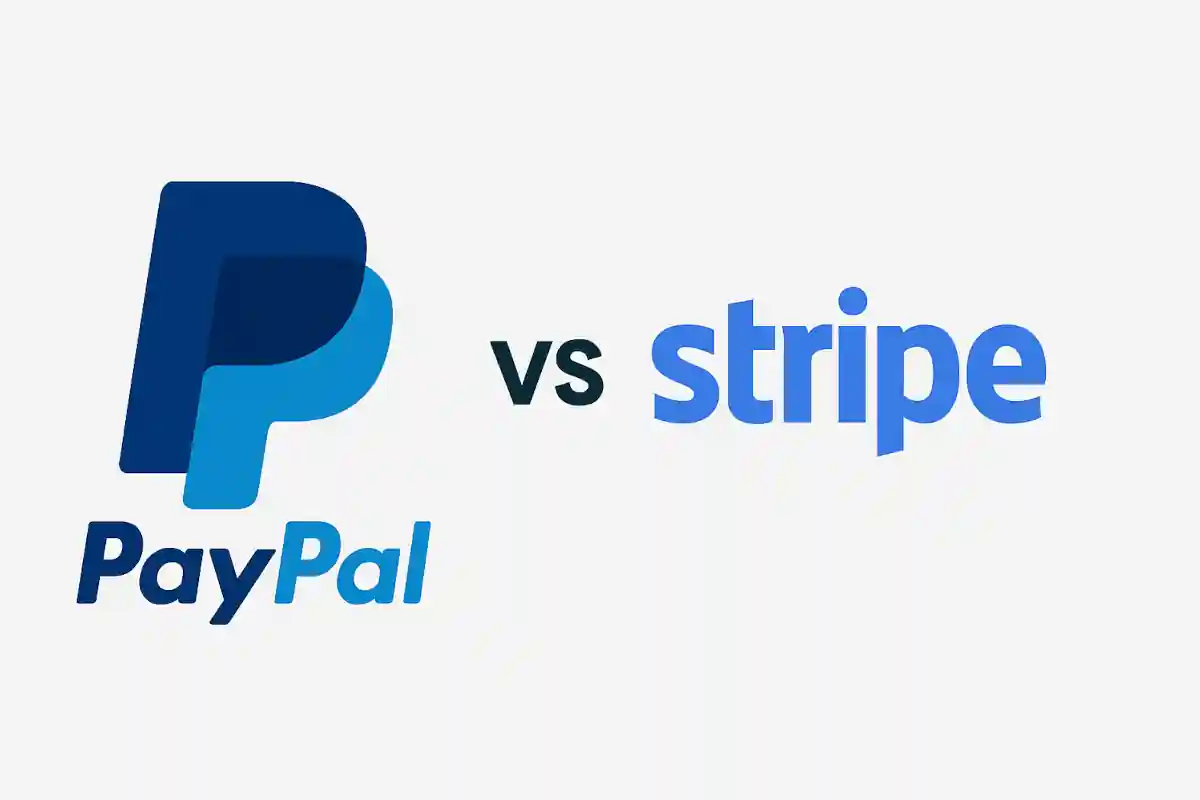PayPal and Stripe are both trusted by millions of businesses, nonprofits, and individuals worldwide. But while both services can handle donations, they differ significantly in their features, fees, ease of use, and customization options. Here’s a comparison guide to help you decide which is better for your donation needs.

Overview of PayPal and Stripe
- PayPal is a household name in online payments, allowing donors to quickly give using their PayPal account or credit/debit cards. It’s particularly well-known among individual donors because of its brand recognition and ease of use.
- Stripe is a developer-focused platform that offers flexible, customizable solutions for online payments. It’s widely used by tech-savvy organizations that want more control over the donation process and user experience.
Key Comparisons
1. Ease of Setup
- PayPal: Very easy to set up. You can create a donation button without any coding, and embed it on your site in minutes. Ideal for those who need a simple, fast solution. If you have a website running on WordPress, you can easily accept donations using this free PayPal Checkout plugin.
- Stripe: Requires a bit more technical expertise. A basic Stripe setup might involve more initial configuration. However, the process can be made easy with Stripe payment links. In WordPress, you can skip the whole product creation step and make it even easier using this free Stripe Checkout plugin.
2. Fees
- PayPal:
- Standard fee: 2.99% + $0.49 per donation.
- Discounted nonprofit rates (if eligible): 1.99% + $0.49.
- Additional fees for currency conversion and donations from outside your country.
- Stripe:
- Standard fee: 2.9% + $0.30 per transaction.
- Nonprofit discounted rate: 2.2% + $0.30 (available upon application).
- Similar additional fees for international donations.
Stripe generally has slightly lower fees, especially with nonprofit discounts, but the difference may not be significant for smaller organizations.
3. Donor Experience
- PayPal: With PayPal Checkout, donors stay on your website. It offers an embedded experience.
- Stripe: After clicking a Stripe payment button, donors are redirected to Stripe’s site. While it can disrupt the donation flow, you can fully customize the checkout process to match your branding.
4. Recurring Donations
- PayPal: Supports recurring donations but setup is a bit clunky unless you integrate with a third-party platform.
- Stripe: Designed with subscription and recurring payments in mind. Stripe’s API and many donation platforms make recurring giving extremely flexible and donor-friendly.
5. Customizability and Integration
- PayPal: Limited customization unless you move into PayPal’s more advanced APIs or use tools like PayPal Checkout. Out-of-the-box donation buttons are somewhat rigid.
- Stripe: Highly customizable via APIs. You can design the donation form, flow, and receipts exactly the way you want.
6. Trust and Recognition
- PayPal: Universally recognized and trusted by donors of all ages.
- Stripe: While Stripe is trusted, it’s less well-known to the average donor.
Summary
| Feature | PayPal | Stripe |
|---|---|---|
| Ease of Setup | Very Easy | Requires some setup |
| Fees | Slightly Higher | Slightly Lower (esp. for nonprofits) |
| Donor Experience | Seamless on-site flow | Redirected flow |
| Recurring Donations | Available, less flexible | Highly flexible |
| Customization | Limited | Extensive |
| Brand Trust | Very High | High but less visible |
Which Should You Choose?
- Choose PayPal if you need a quick, simple solution, want to leverage name recognition, and don’t have technical resources.
- Choose Stripe if you want full control over the donor experience, plan to grow recurring giving, and have (or plan to use) technical support or donation software that integrates with Stripe.
In many cases, using both PayPal and Stripe together can maximize donations. Offering both options caters to different donor preferences. Many platforms now let you easily accept both.